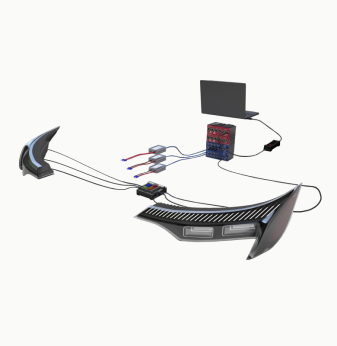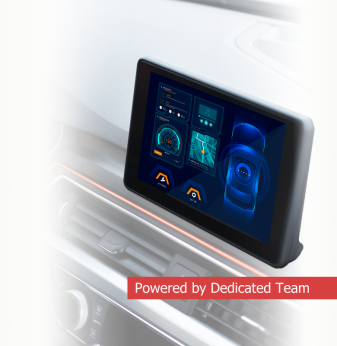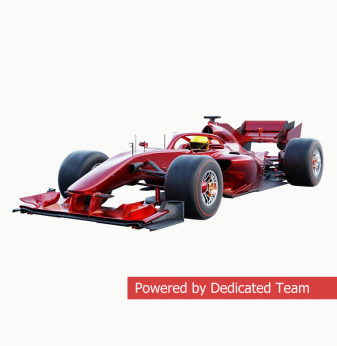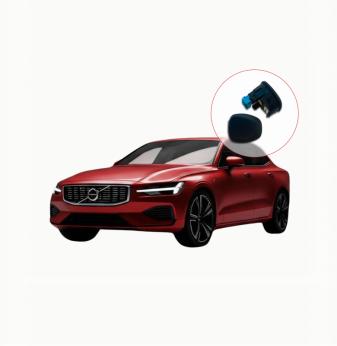From Idea to Prototype: Developing Automotive Systems from Scratch
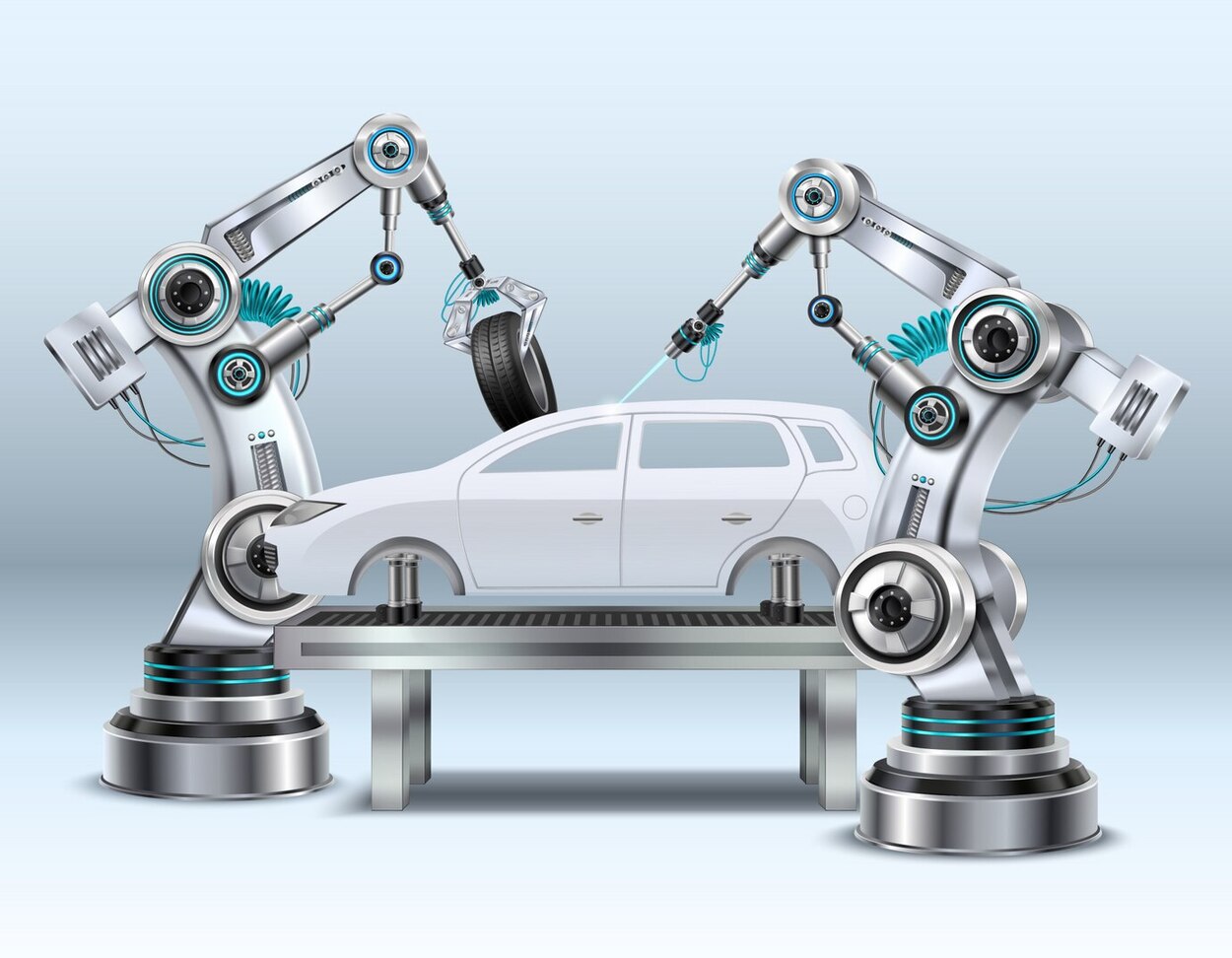
Bringing an automobile prototype to life is an intricate process that blends engineering, software development, and rigorous testing. Whether you’re working on a new prototype of a car, an advanced vehicle prototype, or a futuristic autonomous system, the journey from concept to reality involves several key steps.
This article explores how prototype automotive solutions are developed, the technologies behind them, and the challenges that engineers must overcome to create reliable vehicle prototypes.
Why Automotive Prototyping Matters
Automotive prototyping plays a crucial role in validating new vehicle concepts before mass production. Without proper prototyping, manufacturers risk costly design flaws, safety issues, and regulatory failures.
The benefits of automotive prototyping include:
- Early problem detection – Identifies design flaws before large-scale production.
- Functional validation – Ensures that embedded systems, software, and control units work together seamlessly.
- Safety compliance – Helps manufacturers meet regulatory standards like ISO 26262.
- Cost efficiency – Reduces redesign costs by catching issues early.
With the growing complexity of prototype automobiles, automakers rely on advanced simulation, hardware testing, and digital modeling to accelerate the prototyping process.
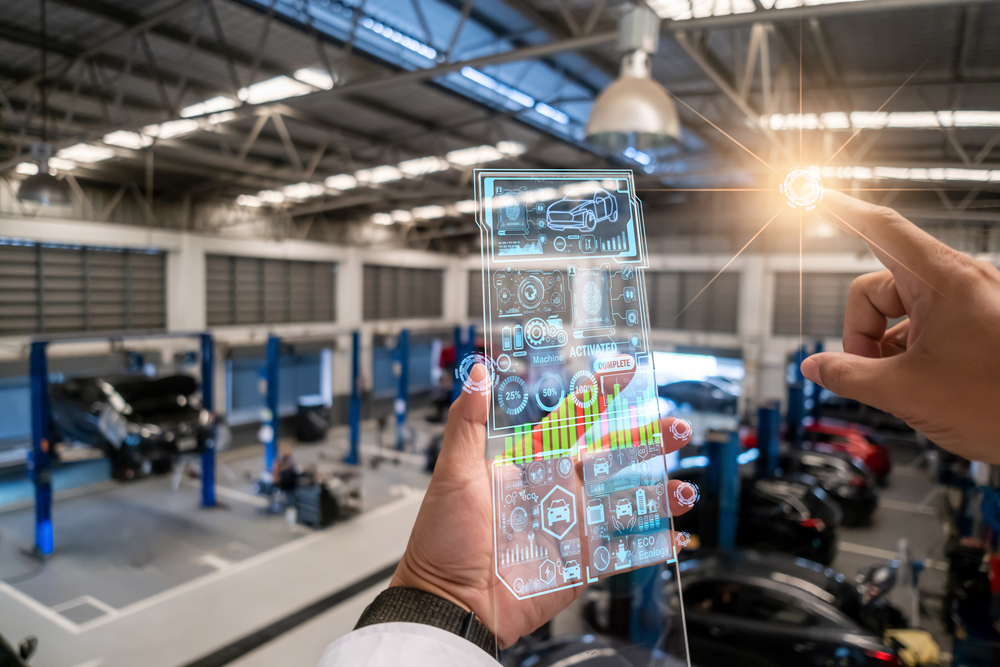
Stages of Developing a Vehicle Prototype
Every auto prototype follows a structured development process to ensure it meets performance, safety, and usability standards.
1. Concept Development & Feasibility Study
Before starting any prototype of a car, engineers define key requirements, including:
- Target market and use case
- Performance goals (speed, efficiency, emissions)
- Powertrain type (ICE, hybrid, electric)
- Software and hardware specifications
Once the feasibility study confirms the concept is viable, the project moves to the design stage.
2. Design and Engineering of Prototype Automobiles
This phase involves designing the automobile prototype, including:
- Mechanical design – Vehicle chassis, suspension, and powertrain layout.
- Electrical systems – Wiring, battery management, and connectivity solutions.
- Embedded software – ECU programming, safety features, and control algorithms.
Here’s how different aspects of prototype automotive solutions are developed:
| Component | Role in Prototyping | Key Technologies Used |
| Chassis & Body | Defines the vehicle’s structure and aerodynamics | CAD modeling, wind tunnel testing |
| Powertrain | Determines propulsion and fuel efficiency | Electric motors, hybrid drivetrains |
| ECU & Electronics | Controls critical vehicle functions | CAN bus, AUTOSAR, ISO 26262 compliance |
| Software & AI | Enables automation, safety, and connectivity | Machine learning, sensor fusion |
Once the design is finalized, engineers begin building the physical vehicle prototype.
3. Building a Prototype Automotive System
Creating a functional vehicle prototype requires integrating mechanical, electronic, and software components into a working model.
This step includes:
- 3D Printing & CNC Machining – Producing custom mechanical parts.
- Rapid Electronics Prototyping – Developing ECUs, sensors, and control modules.
- Battery & Power System Integration – For hybrid and electric vehicle prototypes.
- HIL (Hardware-in-the-Loop) Testing – Simulating real-world conditions before road testing.
During this phase, engineers assemble the prototype automotive solutions into a functional unit for initial testing.
4. Testing and Validation of Prototype Vehicles
No vehicle prototype is complete without rigorous testing. Engineers evaluate performance, safety, and compliance through:
| Testing Type | Purpose | Methods Used |
| Performance Testing | Validates speed, efficiency, and power output | Track testing, dynamometer analysis |
| Crash Testing | Ensures passenger safety | High-speed impact simulations |
| Software Validation | Tests ECUs and embedded software | HIL, SIL (Software-in-the-Loop) |
| Environmental Testing | Checks durability in extreme conditions | Cold/hot weather simulations, vibration tests |
By the end of this stage, manufacturers refine the auto prototype before preparing for pre-production.
Challenges in Automotive Prototyping
Creating a prototype of a car involves multiple challenges, including:
- Cost & Time Constraints – Developing a high-quality vehicle prototype requires significant financial and time investments.
- Regulatory Compliance – Meeting emissions and safety standards for different markets.
- Software Integration – Ensuring embedded software, connectivity, and autonomous features work flawlessly.
- Battery and Energy Efficiency – For EV prototypes, optimizing power consumption and battery longevity is critical.
Despite these hurdles, advancements in AI, simulation, and digital prototyping are making the development of prototype automobiles more efficient.
Future of Vehicle Prototypes
As technology evolves, automotive prototyping is shifting towards:
- Digital Twins – Creating fully virtual vehicle models for faster testing.
- AI-Driven Prototyping – Using machine learning for predictive design improvements.
- 3D Printing Advancements – Faster production of custom vehicle components.
- Autonomous & Connected Vehicles – Developing smarter, self-learning prototypes.
With these innovations, the process of creating prototype automotive solutions will become more cost-effective and accurate.
Conclusion
Developing a prototype of a car from scratch is a complex, multi-stage process that requires advanced engineering, embedded software, and rigorous testing. From initial concept to the final vehicle prototype, automotive companies must ensure that safety, performance, and innovation go hand in hand.
For businesses looking to develop automotive prototyping solutions, working with experienced engineering teams can help streamline the process and bring next-generation vehicle technologies to market faster.
Our Case Studies in Automotive

